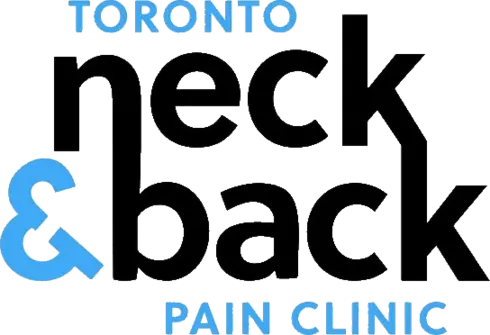This is your musculoskeletal (muscle, bone, joint, neck, back, etc) update for the week from your friendly Toronto chiropractor, Dr. David Koivuranta!
Some interesting news and views to get you thinking about your own health and wellness.
Enjoy…
Upper Extremity Pain Associated with Neck Muscles.
Neck pain doesn’t just affect the neck. Research shows that people with neck pain often also struggle with weakness in the muscles that support the neck. A recent CT scan study found that these same muscle changes were present in patients with upper extremity pain (shoulders, arms, and hands).
The smaller the neck muscle cross-section, the more severe the arm and shoulder pain. This means that upper-limb problems may not just be about the arms — they could actually be linked to the neck muscles.
The takeaway? If you’re dealing with arm or shoulder pain, it’s important to also have your neck assessed. Strengthening weak neck muscles through targeted exercises — often part of chiropractic care — may be key to improving both neck pain and upper extremity pain.
Source: Spine, July 2021

Ankle Pain information for you.
Mobilization for Ankle Sprains.
Ankle sprains are one of the most common injuries, especially in sports like soccer. In a study of 45 amateur players with acute lateral ankle sprains, researchers found that distal fibula mobilization (a treatment often used by chiropractors) was highly effective.
Not only did it improve their ability to play sports, but it also made daily activities — like walking and climbing stairs — easier.
This shows that chiropractic care can be an important part of recovery from ankle pain, helping athletes and non-athletes alike regain function more quickly. If you’ve suffered an ankle sprain in Toronto, a chiropractor can help get you back in the game.
Source: Physical Therapy, April 2021
Are Soft-Collars Beneficial for Whiplash?
For years, soft collars were commonly prescribed for whiplash injuries. But new research shows they may not be the best choice. A systematic review and meta-analysis found that staying active or following an “act-as-usual” approach actually reduces pain more effectively than immobilizing the neck with a collar.
This confirms what many chiropractors already practice: when it comes to neck pain from whiplash, active treatment is better than passive treatment. Chiropractors are trained to provide safe, active care that helps patients heal faster and reduce pain without relying on immobilization.

Sleep is an important part of your health.
Source: Musculoskeletal Science & Practice, July 2021
Sleep is an important part of your health.
Sleep is critical for healing, but many people don’t realize how closely it’s connected to back pain. A study of 124 new mothers found that low back and pelvic pain often appeared alongside postpartum sleep disorders.
While the exact relationship wasn’t clear, past research suggests it works both ways: sleep disturbance can worsen back pain, and back pain can disrupt sleep.
That’s why effective treatment often means addressing both issues at the same time. Chiropractors frequently collaborate with other healthcare providers to help new mothers manage back pain while also improving their sleep.
Source: European Spine Journal, May 2021
Proper Use of the Headrest Can Reduce Neck Injury Risk During a Car Accident.
Your car’s headrest may seem like a small detail, but it plays a big role in preventing neck injuries during a collision. A recent study found that if your head is positioned more than 7.2 cm (about 2.8 inches) away from the headrest, your risk of injury increases significantly in a rear-end accident.
The injuries can range from small muscle tears to complete ruptures or tendon separation in the neck. Proper headrest positioning is a simple but important way to protect yourself.
If you do suffer from whiplash or neck pain after a car accident, chiropractors are trained to diagnose and actively manage these injuries, helping patients recover safely and effectively.
Source: Journal of Osteopathic Medicine, June 2021






